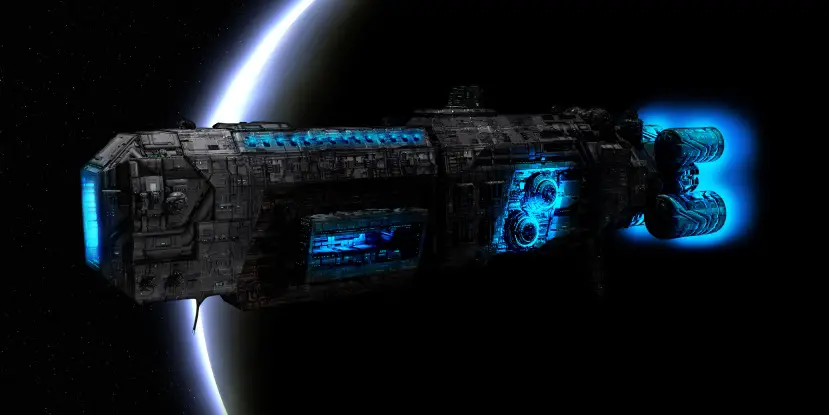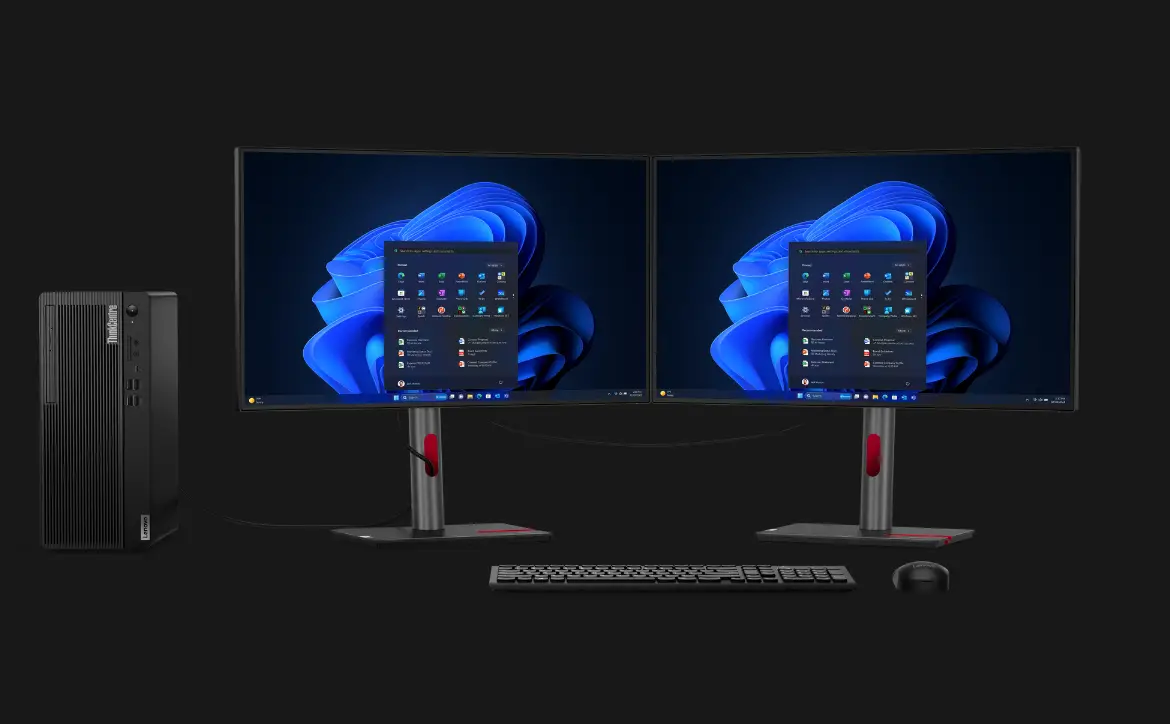Scientists have had a pretty good handle on the laws of physics for quite some time. Bodies in motion and whatnot have been bound by these laws throughout recorded history. But what if something that theoretically shouldn’t work, did work? NASA seems to have that puzzling coincidence on their hands with an electromagnetic drive (EM Drive, for short) that scoffs in the face of the law (of physics).
At the heart of this confusion is the fact that the EM Drive seems to ignore the law of conservation of momentum, which according to Physicsclassroom.com states:
For a collision occurring between object 1 and object 2 in an isolated system, the total momentum of the two objects before the collision is equal to the total momentum of the two objects after the collision. That is, the momentum lost by object 1 is equal to the momentum gained by object 2.
Or if you’d prefer a slightly simpler definition, scienceforkids.com has got you covered:
The law of conservation of momentum tells us that you can’t just lose momentum – it has to go somewhere. If a thing gets bigger, like a snowball rolling down a hill, then it gains more momentum. If a thing gets smaller (so it has less mass), then it has to spin faster, so that it has the same total momentum.
NASA’s EM Drive throws all of that on its ear by requiring no propellant to create thrust. Propellant, in the examples provided, is what causes most engines to gain momentum. Gasoline, for example, combusts creating a gas that pushes the pistons in your car, causing motion (thrust). In rockets, the propellant is some variety of gas which is expelled from a nozzle, again creating thrust.
The EM Drive instead uses electric power to bounce microwaves within a closed container to create thrust without any sort of propellant. People significantly smarter than me were skeptical. Even after a successful test last year those same people couldn’t explain its success. There were still doubts to the EM Drive’s ultimate viability for space travel as the test in 2014 did not take place in a vacuum. Well, a group a NASA’s Johnson Space Center went ahead and tested the EM Drive again in a vacuum. And it worked.
Before we all start going crazy, there’s still plenty of peer reviews to be done before the EM Drive can be tested in the wild bu that hasn’t stopped people from getting excited about the possibilities. I09 did the math and discovered that a trip to our nearest stellar neighbor is theoretically possible:
EM drives could also be used on multi-generation spaceships for interstellar travel. A journey to Alpha Centauri, which is “just” 4.3 light-years away, suddenly wouldn’t be so daunting. An EM drive working under a constant one milli-g acceleration would propel a ship to about 9.4% the speed of light, resulting in a total travel time of 92 years. But that’s without the need for deceleration; should we wish to make a stop at Alpha Centauri, we’d have to add another 38 years to the trip. Not a big deal by any extent of the imagination.
What’s an extra 38 years when you’ve already traveled for 92? Robots would be the obvious choice for this trip since we wouldn’t want to deliver a ship full of corpses to Alpha Centauri. Maybe the next generation of EM Drive can push a little bit faster, allowing for humans to make the trip. Hey, considering this thing isn’t supposed to work anyway we can always dream about a bigger, better, faster impossible machine, right?
[button link=”http://www.nasaspaceflight.com/2015/04/evaluating-nasas-futuristic-em-drive/” icon=”fa-external-link” side=”left” target=”blank” color=”285b5e” textcolor=”ffffff”]Source: NASASpaceflight.com[/button][button link=”http://io9.com/new-test-suggests-nasas-impossible-em-drive-will-work-1701188933″ icon=”fa-external-link” side=”left” target=”blank” color=”285b5e” textcolor=”ffffff”]Via: I09[/button]
Last Updated on November 27, 2018.













Comments are closed.